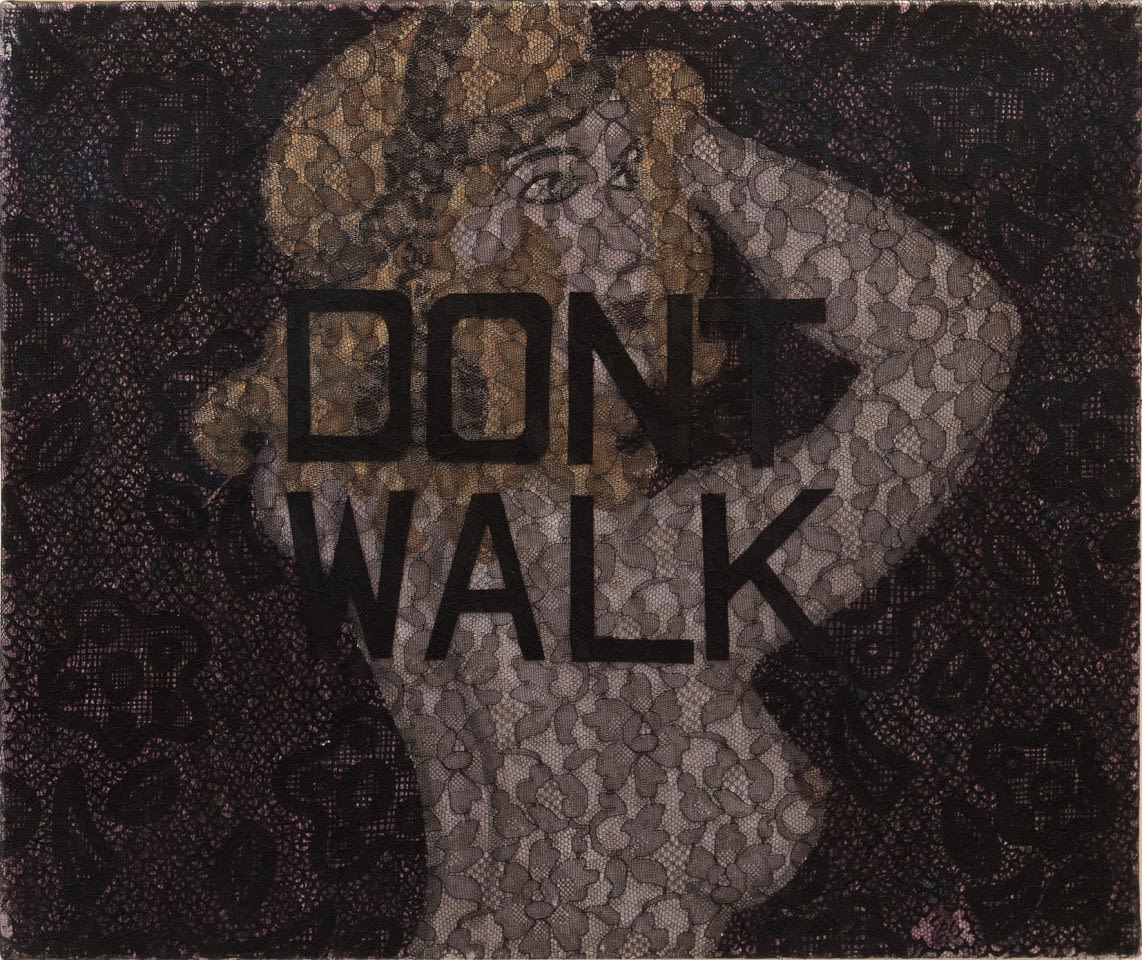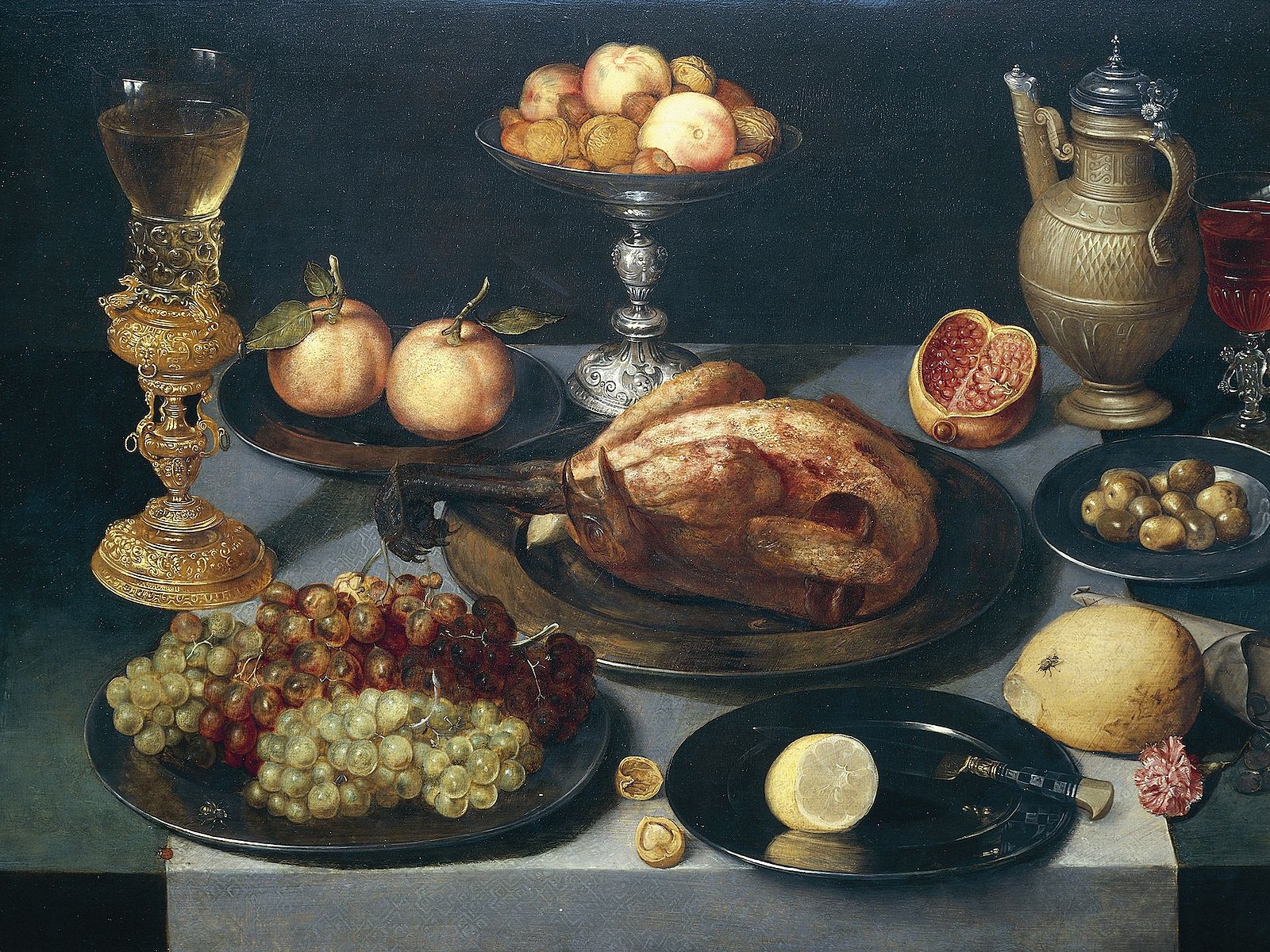Art Basel in Basel features 285 leading galleries, showcasing works across all media, including painting, sculpture, photography, and digital artworks.
In addition to its Galleries, Feature, Statements, and Edition sectors, around 70 large-scale installations and performances are on view in the show’s Unlimited sector, while the Kabinett sector returns to Art Basel’s Swiss edition with curated exhibitions within the main booths of exhibitors.
This year’s show will feature an expanded city-wide program. It will include Agnes Denes’ important land art piece “Honouring Wheatfield – A Confrontation” (2024) on the Messeplatz, curated by Samuel Leuenberger.
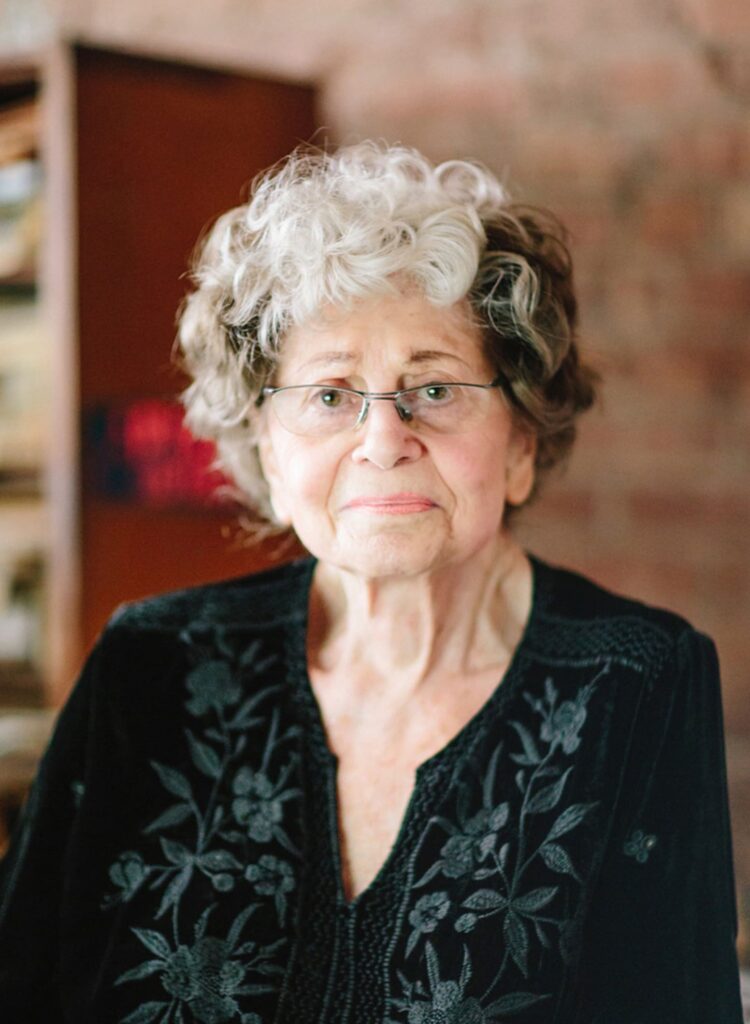
The reconceptualized Parcours sector, curated for the first time by Stefanie Hessler, will unfold along Clarastrasse up to the Middle Bridge. Art Basel will activate the Merian to provide audiences with a stimulating venue for around-the-clock artistic events and showcases. Art Basel’s Conversations series, curated for the first time by Kimberly Bradley, is free to the public focuses on ways to build and shape the art world’s future. The Film program, curated by Filipa Ramos, showcases a unique lineup of surveys, feature films, and a special program for young audiences from age four onwards.
Maike Cruse, Director of Art Basel in Basel, said: ‘I am particularly excited about this year’s expanded city-wide program as a testament to Basel’s cultural pulse. The Messeplatz project, featuring Agnes Denes’ transformative installation Honouring Wheatfield – A Confrontation (2024), redefines the dialogue between the environment, land art, and the value of things. Our Parcours sector transforms the Clarastrasse into an exhibition exploring the topics of circulation and transformation. And the Merian showcases Petrit Halilaj’s installation on the façade and extends Art Basel’s activation into the evening and night. Join us to celebrate community and the limitless possibilities of artistic expression along the Rhine.’
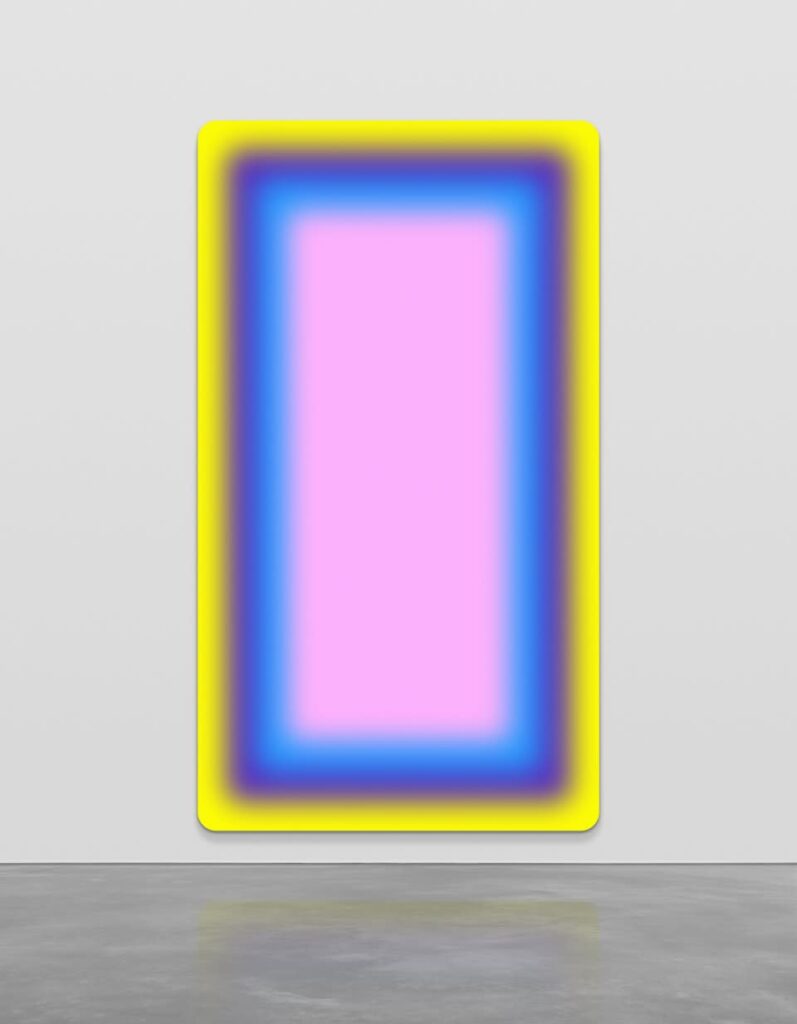
Courtesy the artist and Galerie Eva Presenhuber, Zurich / Vienna
Art Basel’s unique sector for large-scale projects, Unlimited provides exhibitors the opportunity to present monumental installations, colossal sculptures, boundless wall paintings, comprehensive photo series, and expansive video projections. Unlimited is curated for the fourth time by Giovanni Carmine, Director of Kunst Halle Sankt Gallen.
Highlights from Unlimited include a site-specific installation by Swedish artist Anna Uddenberg, titled Premium Economy (2023-2024), presented by Kraupa-Tuskany Zeidler and Meredith Rosen Gallery. Another important highlight of this year is a reenactment of American artist Faith Ringgold’s first multimedia performance, titled The Wake and Resurrection of the Bicentennial Negro (1976). Also Jannis Kounellis’ installation Senza titolo (vele) (1993) can be seen at Art Basel’s Highligths section.
Parcours: Public Art at Art Basel
Curated for the first time by Stefanie Hessler, Director of Swiss Institute (SI) in New York, Art Basel’s public art sector unfolds along Clarastrasse up to the Middle Bridge, connecting the fairgrounds with the Rhine.
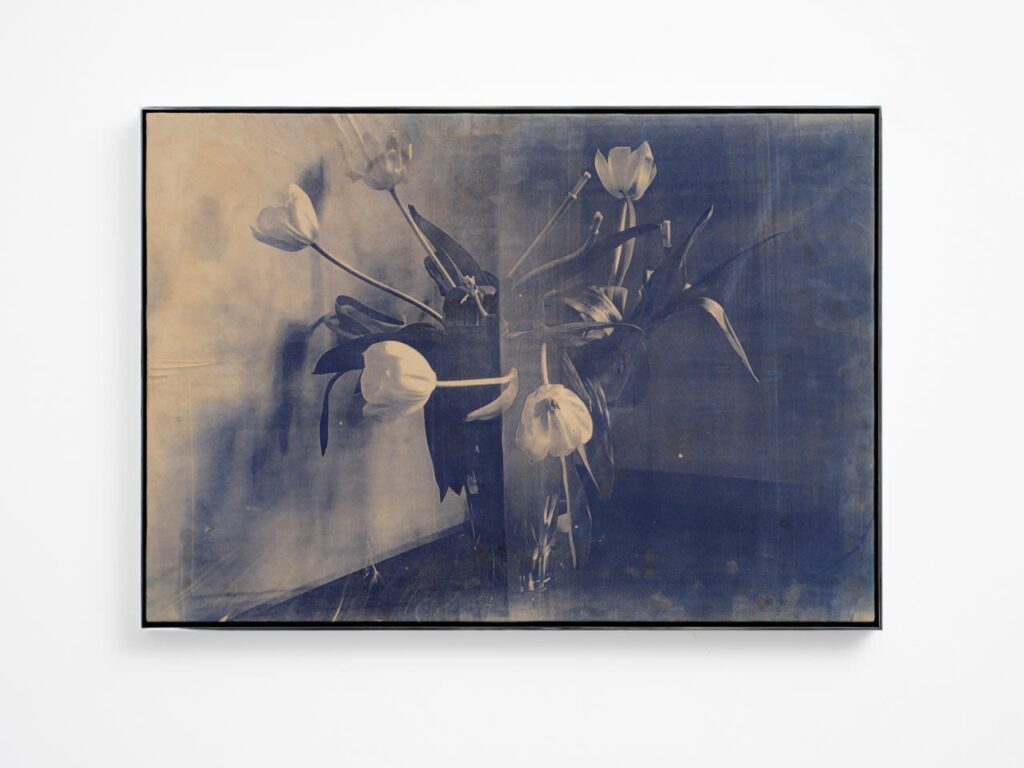
Courtesy of the artist and Herald St, London.
Photo by Jackson White.
In this version of Art Basel, Hessler has curated a show that meanders through empty stores and operational shops, a hotel, a restaurant, a brewery, and other quotidian spaces on Basel’s Clarastrasse. Through ambitious projects, many of them site-specific and newly produced, the sector explores transformation and circulation in areas such as trade, globalization, and ecology. Hessler takes over Parcours from Samuel Leuenberger, who successfully managed and expanded the sector over the past eight years.
Art Basel Talk Program
Art Basel’s flagship talks program returns for its 20th anniversary edition, curated for the first time by Berlin-based art critic Kimberly Bradley. Bringing together more than 25 thought leaders, the 2024 edition features 11 focused panels, all relating to the pressing issue of how to build and shape contemporary culture’s future. The discussions will explore the art trade’s challenges and opportunities in a super-election year, the potential of increased interdisciplinarity in museums, how artists relate to politics in a time of global crisis, and the ways digital technologies are recasting art’s social and economic ecosystems.





